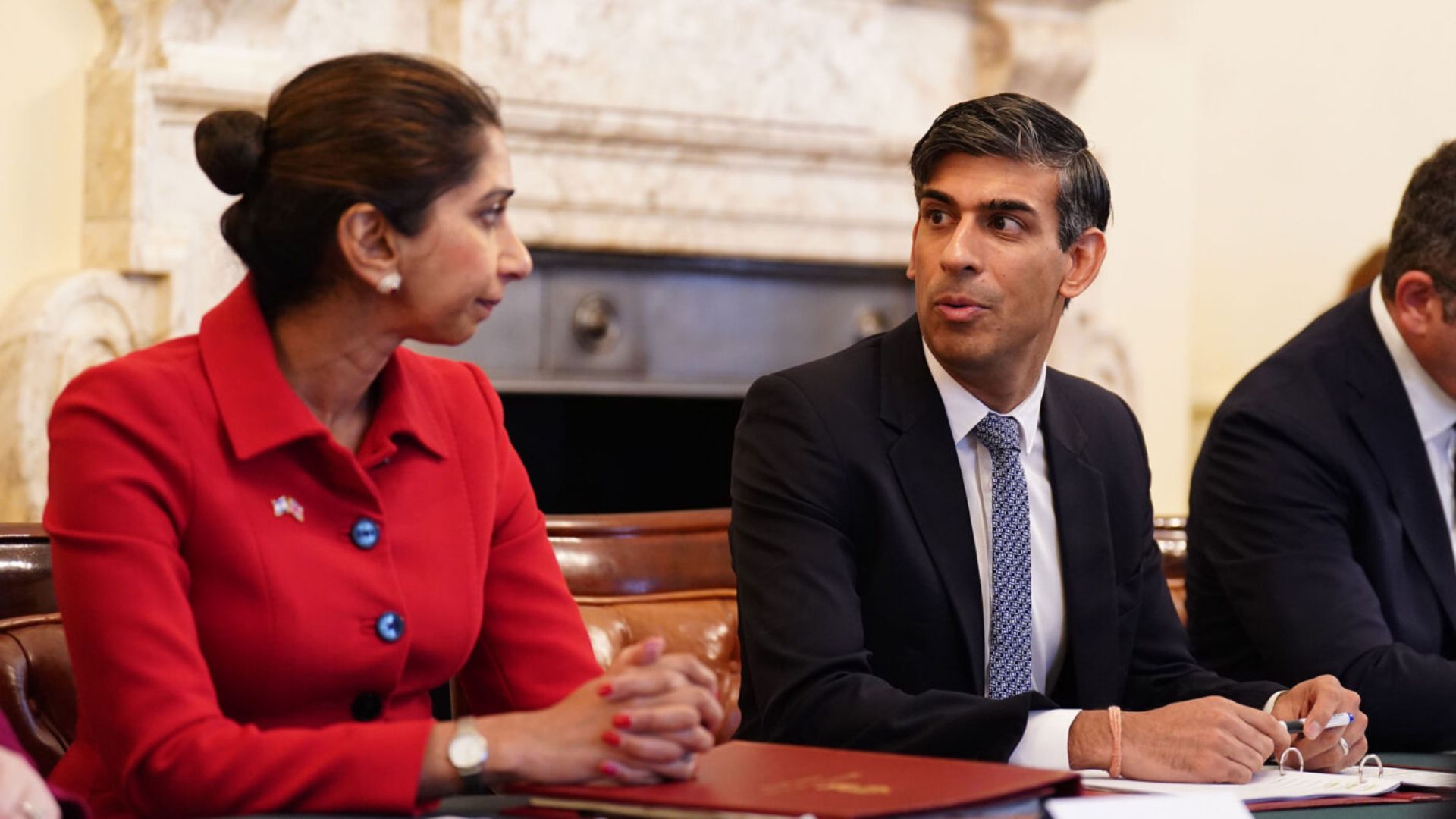Political factions are subgroups within a political party that may have differing ideologies, interests, or policy preferences. These factions can significantly impact party unity, influencing the party’s ability to present a cohesive platform and achieve its goals. This article explores how political factions affect party unity, examining the benefits and challenges they bring to the political process.

Understanding Political Factions
Definition and Formation:
- Explanation: Political factions are groups within a larger political party that advocate for specific policies or ideologies. They often form around shared interests, beliefs, or goals that may differ from the broader party platform.
- Impact: Factions can provide a means for diverse voices within a party to be heard but can also create internal divisions.
Examples:
- Case Study: In the U.S. Democratic Party, factions like progressives and moderates often have differing views on issues like healthcare and economic policy.
Role and Influence:
- Explanation: Factions can influence party decisions, policy development, and leadership. Their impact can range from shaping specific policy proposals to affecting overall party strategy.
- Impact: While factions can contribute to a richer policy debate, they can also create conflicts and challenges in maintaining party unity.
Examples:
- Case Study: The Tea Party faction within the Republican Party has influenced the party’s stance on fiscal policy and government spending.
Benefits of Political Factions
Encouraging Diverse Perspectives:
- Explanation: Factions allow for a range of viewpoints and ideas to be represented within a party. This diversity can lead to more comprehensive and inclusive policy proposals.
- Impact: Diverse perspectives can enhance the party’s ability to address complex issues and appeal to a broader electorate.
Examples:
- Case Study: The diversity of factions within the Labour Party in the UK has led to a variety of policy approaches and strategies.
Fostering Innovation and Reform:
- Explanation: Factions can drive innovation and reform by challenging the status quo and advocating for new ideas. This can lead to progressive changes within the party.
- Impact: Innovation driven by factions can help the party adapt to changing political landscapes and voter preferences.
Examples:
- Case Study: The progressive faction within the U.S. Democratic Party has pushed for policies like the Green New Deal and Medicare for All.
Strengthening Grassroots Support:
- Explanation: Factions often have strong grassroots support, which can help mobilize voters and volunteers. This grassroots base can be a valuable asset for the party.
- Impact: Strong grassroots support can increase voter engagement and boost the party’s electoral prospects.
Examples:
- Case Study: The Bernie Sanders movement within the Democratic Party has energized a large base of grassroots supporters and activists.
Challenges Posed by Political Factions
Internal Conflicts and Division:
- Explanation: Factions can create internal conflicts and divisions within a party. Differing priorities and agendas may lead to disagreements and fragmentation.
- Impact: Internal conflicts can weaken the party’s overall unity, making it harder to present a cohesive message and strategy.
Examples:
- Case Study: The split between moderate and progressive wings of the Democratic Party has led to disputes over policy priorities and party strategy.
Difficulty in Forming Consensus:
- Explanation: Factions may struggle to reach consensus on key issues, leading to delays or challenges in policy development and decision-making.
- Impact: Difficulty in forming consensus can impede the party’s ability to implement effective policies and respond to political challenges.
Examples:
- Case Study: Disagreements between different factions within the Republican Party have led to challenges in passing legislation and developing a unified policy platform.
Impact on Electoral Strategy:
- Explanation: Factions may influence the party’s electoral strategy, sometimes leading to a focus on niche issues or voter bases that may not align with the broader electorate.
- Impact: Faction-driven strategies can affect the party’s overall appeal and effectiveness in general elections.
Examples:
- Case Study: The focus on far-right issues by some factions within the Republican Party has impacted the party’s appeal to moderate and independent voters.
Managing Factionalism Within a Party
Building Coalitions:
- Explanation: Effective management of factionalism involves building coalitions and finding common ground among different factions. This can help maintain party unity and advance shared goals.
- Impact: Building coalitions can help reconcile differences and create a more cohesive party platform.
Examples:
- Case Study: The coalition-building efforts within the UK’s Conservative Party have helped integrate different factions and maintain party unity.
Encouraging Open Dialogue:
- Explanation: Encouraging open dialogue and communication between factions can help address conflicts and build mutual understanding. This approach can foster cooperation and reduce tensions.
- Impact: Open dialogue can help resolve disagreements and promote a more unified approach to policy and strategy.
Examples:
- Case Study: The Democratic National Committee (DNC) has facilitated discussions between different factions to address policy disagreements and promote party cohesion.
Prioritizing Common Goals:
- Explanation: Focusing on shared goals and priorities can help unite factions within a party. Emphasizing common objectives can create a sense of solidarity and purpose.
- Impact: Prioritizing common goals can help align different factions and strengthen overall party unity.
Examples:
- Case Study: The focus on common goals like healthcare reform has helped unite various factions within the Democratic Party despite their differing views.
Conclusion
Political factions play a significant role in shaping party dynamics, influencing policy development, and impacting party unity. While factions can bring diverse perspectives and drive innovation, they also pose challenges related to internal conflict and consensus-building. Managing factionalism effectively requires strategies such as coalition-building, open dialogue, and prioritizing common goals. By addressing these challenges, political parties can work to maintain unity while harnessing the benefits of internal diversity.

